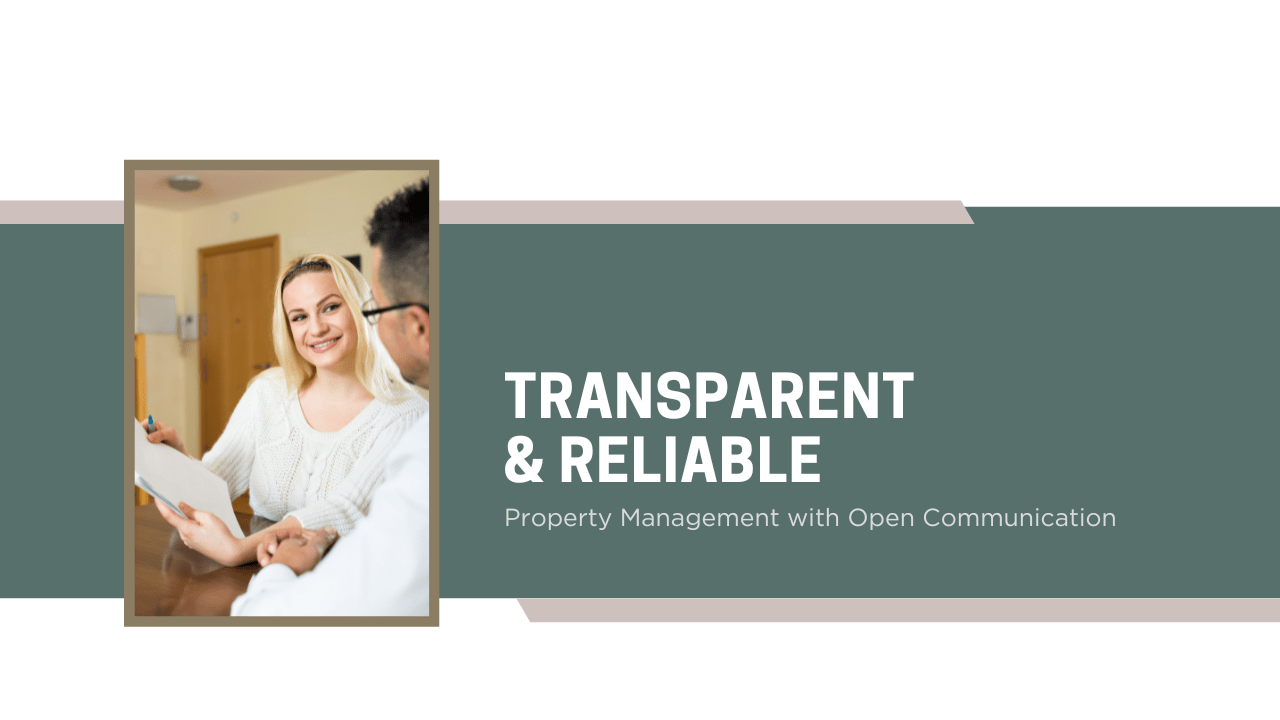San Francisco rental laws are some of the most complicated landlord and tenant laws in the country. The tenant protections in place are strict, and The Rent Board is ever-present.
Today, we’re talking about the local laws and even some of the state laws that are bound to have the biggest impact on your rental property now and throughout the rest of the year. Here is our
expert guidance for homeowners and rental property investors who want to stay in compliance without sacrificing their profitability.
San Francisco Rents: Limits and Reporting
Many rental homes in California are covered by The Tenant Protection Act, which has its own laws around rental increases. San Francisco has a detailed rent stabilization law of its own, however, and if you’re renting out units in the city covered by local and state rent control laws, you probably know that you’re only permitted to raise the rent once inside of a 12-month period.
In San Francisco, The Rent Board establishes the allowable amount and enforces your rental increases.
The new allowable rental increase that’s effective March 1, 2025 is 1.4 percent. If you’re renting out a residential unit in San Francisco, your rental increase between March 1 and February 28, 2026 cannot be more than 1.4 percent.
San Francisco's Rent Ordinance, enacted in 1979, regulates rent increases for most multi-unit properties built before June 13, 1979. Properties exempt from rent control include most single-family homes, newer buildings constructed after 1979, and fully owner-occupied buildings with fewer than three units.
If your unit is not covered by this law, it may still fall under the requirements of California’s statewide rent control law.
All residential rental homes in San Francisco must be registered, and landlords have to be licensed. If your property is vacant, you still need to be licensed and meet all the reporting requirements of The Rent Board. If you don’t, you won’t be able to legally raise your rent when it’s time, and there will likely be other penalties. The Rent Board provides an online portal for registration, reporting, and the payment of your annual fees.
Expanded Eviction Protections for San Francisco Tenants
We have heard many people complain that it’s simply impossible to evict a tenant in San Francisco these days. While we understand the frustration around the rules and requirements around the laws and loopholes in eviction requirements, it’s still very much possible to remove a tenant from your property who is not paying rent.
Just cause eviction laws have been on the books in California for several years. Most landlords and owners understand the strict requirements around evicting a tenant. You have to have a reason. You have to follow a legal framework. If you don’t have a reason to evict but you still want to get the property back, you have to pay a relocation fee to your tenants because it’s considered a no-fault eviction.
All of that has become easy enough to follow. But new legislation in 2025 has now given tenants extra time to respond to an eviction proceeding that has made its way to the courts. This might hold up the process for some owners, and make the eviction a bit longer than you want.
This law, AB 2347 went into effect on January 1, 2025. Instead of having five business days to respond to an eviction notice, or a Summons and Complaint, tenants will now have 10 days to respond. Since most evictions are due to nonpayment of rent, this gives tenants a few extra days to decide whether they will move out of the property, pay the overdue rent that is owed, or fight the eviction. The law also clarifies the timeline for filing motions to strike the complaint, which is now between five and seven days after receiving notice.
When landlords in San Francisco do have to evict, we’re often hoping for a default eviction, which occurs when tenants do not respond to the unlawful detainer lawsuit. They don’t file a response, and they don’t show up to court hearings. This new bill will prevent those evictions and give tenants more time to access legal help or prepare a defense to the pending eviction.
This is frustrating, especially to an owner who might have been counting on that default. The new law provides tenants with extra time, which means that those unlawful detainer lawsuits will take longer to resolve. Evictions will stretch on a little bit longer, thanks to the doubling of the time in which a defendant may respond to an eviction complaint.
But it’s not all bad news, not really. Written into AB 2347 is a provision that could potentially streamline proceedings by allowing oral arguments in the form of objections and replies rather than written complaints and oppositions. Also, hearings will need to be conducted within seven days unless there’s a good cause for an extension of time.
Application Fees and Their Impact on Screening
There are some new requirements around tenant screening and application fees.
AB 2493, which became effective January 1, allows landlords and
property managers to charge an application screening fee only if applications are accepted in the order in which they are received and only if the first application to meet the screening criteria is approved.
This is not how things had been done previously. There was no mandate to accept the first tenant who was qualified; landlords could screen multiple tenants and choose the applicant who seemed to have the strongest credentials, based on the established rental criteria. Not anymore. If you accept application fees, you’ll accept the first applicant who meets your criteria.
This law also requires that you or your property manager provide the screening criteria to the applicant in writing when the application is requested.
Reporting Rents to Credit Bureaus
Another tenant protection is in place for your rental property in San Francisco, and that’s AB 2747, which requires that you, as the
rental property owner, offer tenants the option of having their positive rental payment information reported to at least one nationwide consumer reporting agency.
When you have a lease starting on and after April 1, 2025, you need to make this offer at the time you sign the lease and then at least once annually. For existing leases, as of Jan. 1, 2025, the offer of positive rental payment information reporting must be made no later than April 1, 2025, and at least once annually thereafter.
This is something that we know some rental property owners and apartment managers were doing anyway. It’s not something you have to do unless the tenants agree that they want you to report their payment history. Fortunately, owners can charge tenants a fee to cover actual costs of reporting their on-time rental payments. This charge cannot exceed $10 each month, and it must go towards the cost of reporting the positive rental payments.
There are exemptions to this law. It does not apply to owners of a residential rental building that contains 15 or fewer dwelling units, unless both of the following apply:
- The landlord owns more than one residential rental building, (number of units in each building does not matter); and,
- The landlord is a real estate investment trust, a corporation, or a limited liability company in which at least one member is a corporation.
We aren’t sure how many tenants will be willing to pay for the privilege of having their on-time rents reported to the credit bureaus, but there is a strong case to be made that this requirement could incentivize them to get the rent in when it’s due.
Providing Photos of San Francisco Rentals When Dealing with Security Deposits
In case security deposits weren’t giving you enough headaches, there are new requirements to how you return the deposit and what kind of documentation is necessary when withholding any money from that deposit.
This new law requires landlords who collect a security deposit must take photographs of the unit at three separate points before and after a tenancy:
- Immediately before the tenants move in, or at the start of a new tenancy.
- Within a reasonable time after the lease term ends and the unit is returned to the landlord, but prior to any repairs or cleaning.
- Within a reasonable time after repairs or cleaning are completed.
As a landlord, you’ll be required to provide these photographs to your departing tenant. Beginning April 1, 2025, the landlord must take photographs of the unit within a reasonable time after the rental home is returned to the landlord. For tenancies that begin on or after July 1, 2025, you will have to take photographs of the unit immediately before, or at the start of, the tenancy.
This is not a big deal if you’re working with our
professional San Francisco property management team. We take a lot of photos before a tenant moves in and after a tenant moves out already, understanding the importance of documenting your property condition.









